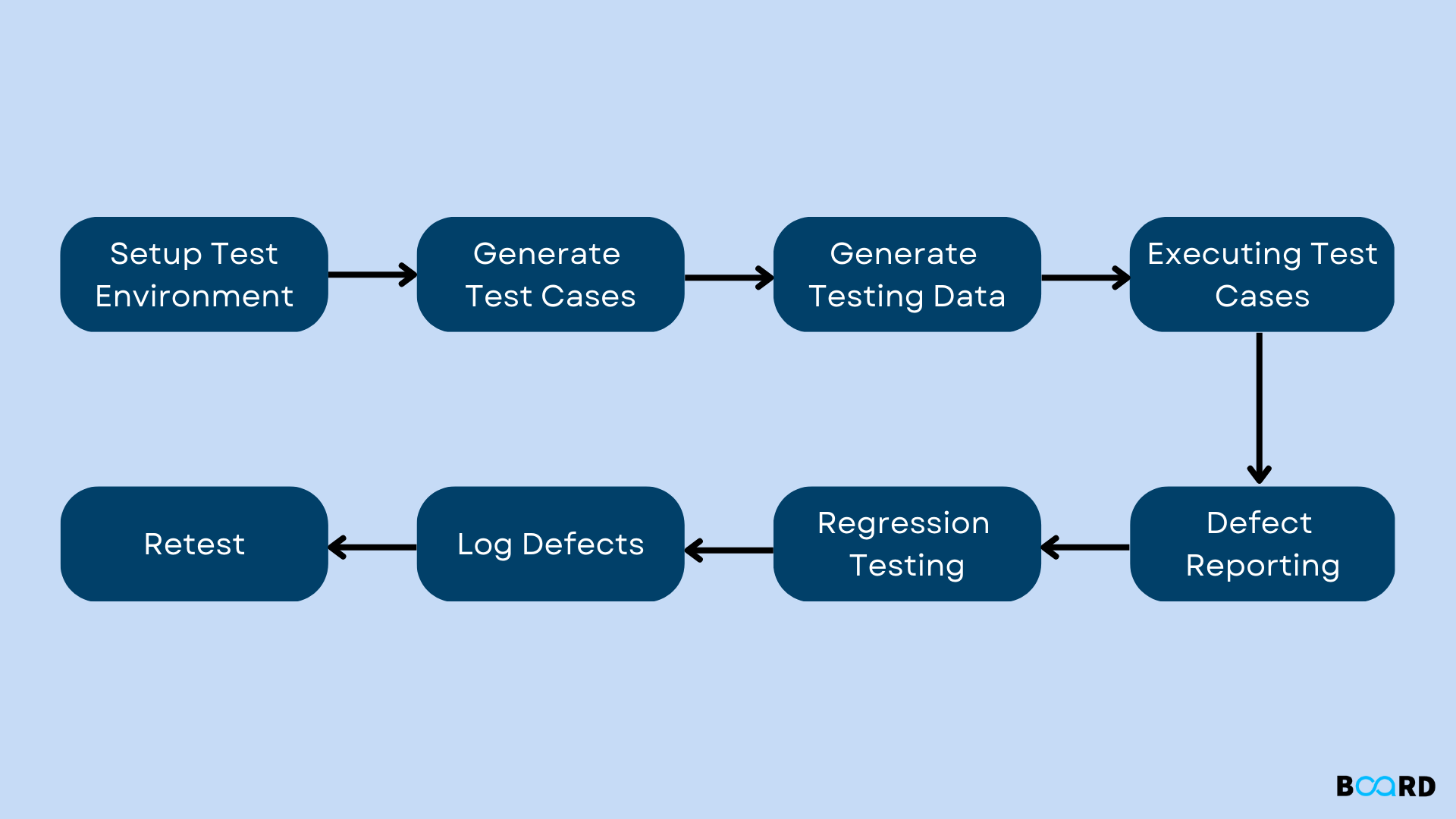Mastering Software Testing: Techniques and Approaches
System Testing: Explained

Introduction
System testing looks at the complete system, including its features, functions, and dependability. Since the majority of testing activities occur during this stage, this kind of testing is crucial. Any differences between both the components that are connected together are found during integration testing. Why stop learning when it's always beneficial? Let's keep learning about these sorts in brief terms.
Types of System Tests
There are more than 50 different forms of system testing, however only a select few important types are actually used. Which kind will be utilized depends on a number of variables, including the type of organization, the amount of testing time available, the resources available, the testing budget, etc. The project documentation is used as a set of primary inspection criteria in the first kind.
Functionality testing
This kind of testing is feature-focused and determines whether each feature complies with the specifications. Both human and automatic tools can be used to do it.
Performance testing
Regarding performance, this is referred to as "compliance testing." It evaluates the performance of the program and how many users are using it simultaneously.
Load Testing
This investigates how the program behaves under various load scenarios. Performance testing includes exercises like scalability, load, and stress testing.
Scalability testing
The program is put through scalability testing in terms of resource availability, geographic scalability, and user scalability. This way of testing is not functional. It happens at the level of the hardware, software, or database.
Reliability testing
The system is examined to verify if it is error-free after being put into its paces in a controlled setting. Software reliability is ensured by reliability testing.
Configuration testing
Configuration testing is the process of comparing the system's performance during development to various hardware and software configurations to see how it may be best configured to meet its functional requirements flawlessly.
Security testing
Software review known as security testing helps to stop security breaches by identifying flaws, dangers, and hazards in a product. The goal of security testing is to find any faults that could lead to the loss of data, money, or other important or sensitive information. Once system testing is complete, the results are known. System testing, which evaluates the overall system, is carried out following unit and integration testing.
Objectives of System Testing
The goal of system testing is to reduce the risk related to how a system would operate in a normal setting. An effective test results in a system devoid of bugs, which lowers the risk. In order to ensure that the system meets the requirements of the customers, it also examines both its functional and non-functional aspects.
- Process for conducting system testing
To carry out the tests perfectly, the test plan should be properly created. The process for performing system testing is as follows: - Setting up the test environment is the first step in doing higher-quality testing. Yes, several environments are used for the testing.
- Create test cases to be used in the testing procedure.
- Create the test data that will be used for analysis.
- Execute the test case - Test cases can be run once the test data and the test case are prepared.
- Reporting of Defects - Finding of Defects.
- Regression testing is done to check for any unintended consequences of the testing that was done.
- Fix Defects - In this stage, defects are fixed. Additionally, faults are addressed.
- Retesting: If the test is not carried
Important elements that determine the type of system testing
There are more than 50 distinct forms of system testing, and the particular types a tester chooses to employ depend on a number of factors. Let's examine some variables, such as:
Nature of Business
The type of system assessment a tester will utilize is one of the key determinants. The size of the firm in this case determines the sort of testing. Due to the fact that larger businesses employ different strategies than medium- or small-sized businesses.
Testing Time
All 50 different system test types are available to testers. However, using only the most pertinent kinds of software is frequently constrained by time.
Resources available for testing
The sort of testing that one business conducts and the other does not may be influenced by the paid high-end software. As a result, the type of testing is also influenced by the resources made available for it.
Experience of Tester
There is a different learning curve for each kind of software testing. A tester has to be familiar with certain programs.
Cost for Testing
Which testing kind may be done depends on the testing budget that is chosen. This relates to the price of the testing-related software.
Conclusion
Knowing the objective is crucial as we prepare to summarize the subject of system testing. The purpose of system testing is to provide the application a thorough examination. It is carried out after the product has undergone unit and integration testing. The main advantage of this kind of testing is that it evaluates a single feature or functionality as well as the entire product, even when the features have been put into place. In order to attain and offer a faultless user experience, systems testing should be done.
